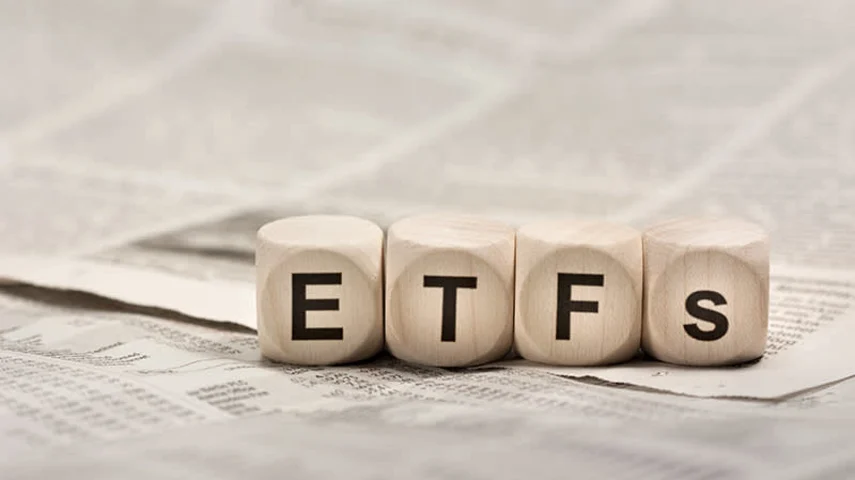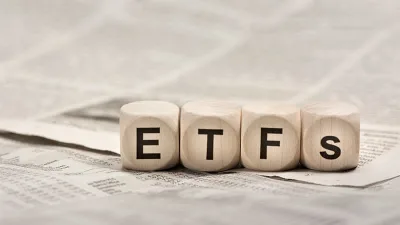Active ETF innovations strain technology providers



The growth of active ETFs is placing strain on technology providers, according to Calastone, as vehicles become more complex.
Active ETFs have a fund manager or team who makes decisions about the investment portfolio rather than passively tracking an index. While the ETF may still reference an index, the investment manager might deviate from this in order to achieve a higher return.
These types of products have been growing in popularity as a way to address market volatility and risk adjustment compared to index ETFs, as well as portfolio diversification or to target a specific sector theme.
Recent active ETF launches in Australia have come from fund managers like Magellan, Fidelity and Franklin Templeton, while Morningstar stated that there were 510 active ETF launches globally last year, up 44 per cent from 352 in 2023.
According to iShares, global active ETFs are expected to surge to US$4 trillion ($6.3 trillion) by 2030 which would be a fourfold increase from $900 billion in 2024.
However, as products become more complex, this is placing extra demand on the ETF infrastructure to provide greater transparency, daily trading and advanced technology tools via machine learning, blockchain or process automation.
The most common areas for improvement cited by asset servicers were named as workflow management, order management and settlement.
Calastone product director, David McGuinness, said: “The operational demands of active ETFs can place strain on the infrastructure of service providers, particularly as new entrants and product launches expand the scope of servicing requirements. As these products become more bespoke, supporting their unique workflows will challenge the ecosystem to deliver seamless efficiency.”
Justin Christopher, managing director and head of Asia, added: “Concerns about the future of the industry revolve around the increasing scale and sophistication of the ETF market – and the ability of technology to keep up.
“The primary market in Asia is poised for transformation. Players in the region are more open about the need for improvement, but are also largely more optimistic for the future – and with the right technology, they should be.”
Recommendations for Australia, based on experiences in the US and Europe, are for Australian players to automate order-taking processes and contract note processing, greater speed and visibility to effectively manage transactions, and standardised processes across the value chain.
Recommended for you
The $673 billion global investment manager has appointed a former Zenith sales head as it seeks to expand its reach in the Australian wealth management market.
Fund managers may be operating in a squeezed environment, but a salary guide shows they are willing to pay up for specialist talent to diversify their fund range.
Reach Alternative Investments has entered into a strategic partnership with Russell Investments to bolster its wholesale private markets offering for financial advisers and investors.
Boutique investment consulting and research house Genium Investment Partners has announced a senior appointment to drive further growth in its research ratings business.















